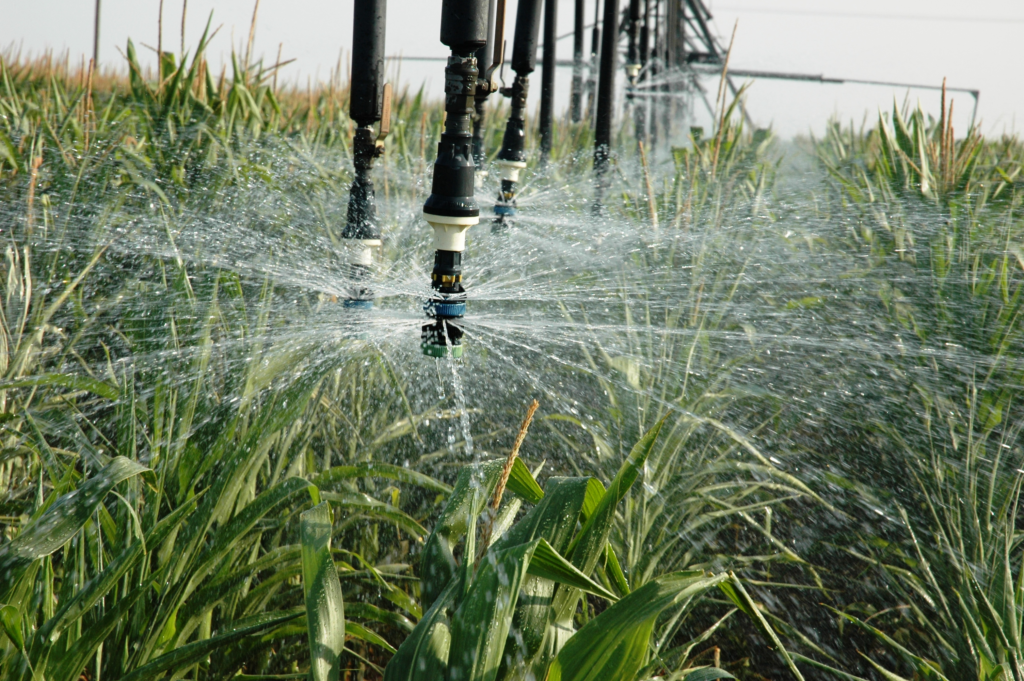
In the world of agriculture, innovation is the key to ensuring food security and sustainability. One of the most critical advancements in this field is irrigation agricultural technology. This article will delve into the depths of this transformative technology, exploring its various aspects and how it has revolutionized the way we grow crops.
TABLE OF CONTENTS
- Introduction
- The Evolution of Irrigation
- Historical Overview
- Traditional Methods
- Modern Irrigation Systems
- Drip Irrigation
- Sprinkler Systems
- Center Pivot Irrigation
- Benefits of Irrigation Agriculture
- Water Conservation
- Increased Crop Yields
- Crop Diversification
- Challenges and Solutions
- Water Scarcity
- Sustainability Concerns
- Precision Agriculture
- The Role of Technology
- Sensors and Monitoring
- Automation and AI
- Future Prospects
- Sustainable Practices
- Global Adoption
- Conclusion
INTRODUCTION
Agriculture has been the backbone of human civilization for thousands of years, providing sustenance and livelihoods to countless communities. However, as the global population continues to grow, the demand for food is skyrocketing. This necessitates innovative approaches to agriculture, and one such game-changer is irrigation agricultural technology.
THE EVOLUTION OF IRRIGATION
Historical Overview
Irrigation is not a new concept; it dates back to ancient civilizations like the Egyptians and Mesopotamians. These early farmers relied on primitive methods like diverting river water into their fields. This laid the foundation for more sophisticated irrigation techniques.
Traditional Methods
Traditional irrigation methods, such as furrow and basin irrigation, have been used for centuries. These techniques involve flooding fields with water, which, while effective, can be wasteful and imprecise.
MODERN IRRIGATION SYSTEMS
The 20th century witnessed a revolution in irrigation with the development of modern systems.
Drip Irrigation
Drip irrigation, a method that delivers water directly to the roots of plants through a network of tubes and pipes, is highly efficient. It reduces water wastage and promotes healthier plant growth.
Sprinkler Systems
Sprinkler systems mimic natural rainfall by spraying water over crops. They are versatile and can be adapted to various crop types and terrains.
Center Pivot Irrigation
Center pivot irrigation employs rotating sprinklers on wheeled towers, covering large areas efficiently. It’s commonly used in large-scale agriculture.
BENEFITS OF IRRIGATION AGRICULTURE
Water Conservation
Irrigation technology has significantly improved water management. Systems like drip irrigation reduce water consumption while maximizing crop yield.
Increased Crop Yields
Consistent and controlled water supply enhances crop growth. Farmers can produce more with less land, reducing the pressure to expand agriculture into natural habitats.
Crop Diversification
Irrigation allows for the cultivation of crops in regions that were previously unsuitable. This diversification promotes food security and economic growth.
CHALLENGES AND SOLUTIONS
Water Scarcity
As freshwater resources become scarcer, efficient irrigation practices are crucial. Technologies like desalination and wastewater reuse are being explored.
Sustainability Concerns
The environmental impact of irrigation must be addressed. Sustainable practices, like precision agriculture, aim to minimize the use of resources.
Precision Agriculture
Precision agriculture integrates technology, data, and machinery to optimize farming operations. This includes using sensors and monitoring systems to fine-tune irrigation schedules.
THE ROLE OF TECHNOLOGY
Sensors and Monitoring
Innovative sensors can detect soil moisture levels and weather conditions in real-time. This data helps farmers make informed irrigation decisions.
Automation and AI
Automation and AI-powered systems can adjust irrigation based on data analysis, reducing human error and optimizing resource usage.
FUTURE PROSPECTS
Sustainable Practices
The future of irrigation lies in sustainable practices that prioritize water conservation and environmental responsibility.
Global Adoption
As the world grapples with food security challenges, the adoption of irrigation technology is expected to rise, especially in developing nations.
CONCLUSION
Irrigation agricultural technology has emerged as a beacon of hope for the agricultural industry. By efficiently managing water resources, increasing crop yields, and addressing sustainability concerns, it paves the way for a more secure and prosperous future in farming.
